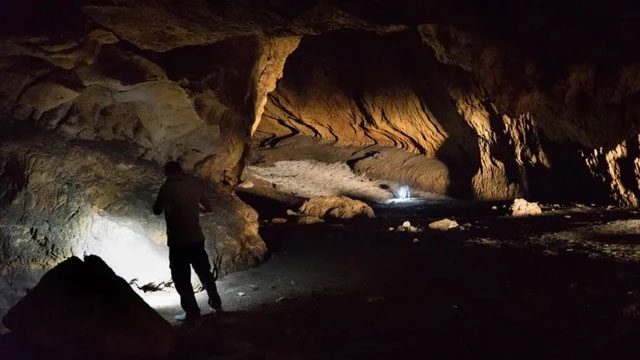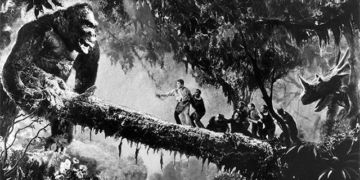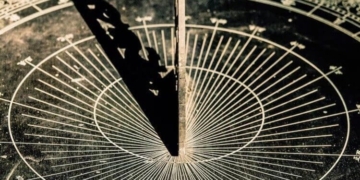A very special region in the Middle East has witnessed a significant turning point in the migration and evolution of our species, Homo sapiens.
Announced in the scientific journal Nature Communications, a team of scientists from Italy, the United States, Australia, and Estonia confirmed that climate models and genetic data indicate that the Persian Plateau is where the first Homo sapiens settled after leaving Africa.
And they were not alone.

Zargos Cave in Iran, where evidence of hunter-gatherer settlement dates back 42,000 years – (Photo: Mohammad Javad Shoaee).
The Persian Plateau is an area that has been inhabited by humans at various stages, extending across most of present-day Iran, the Persian Gulf, and parts of Mesopotamia.
During the first migration out of Africa 70,000 years ago, Homo sapiens chose this region to settle for a duration of 20,000 years.
Homo sapiens, meaning “wise man,” is our species.
This discovery is further supported by fossil evidence and ancient tools found in the area.
More interestingly, the Persian Plateau is also the site of Neanderthal fossil locations that coincide with the presence of Homo sapiens communities during the same period.
Neanderthals are an extinct human species that disappeared over 30,000 years ago, belonging to the same genus, Homo, as we do.
According to anthropologist Leonardo Vallini from the University of Padua (Italy), the lead author of the study, interactions between Homo sapiens and Neanderthals may have occurred during this time; however, there remains a small possibility that these groups avoided each other.
If these two communities did encounter one another, this land becomes even more significant in the history of humanity. Interbreeding with Neanderthals has long been known to have significantly altered our gene pool.
Today, modern humans carry about 2% of DNA inherited from these other ancestors.
Moreover, the Persian Plateau also witnessed a crucial phase for innovation in culture, weapon-making techniques, and lifestyles of our ancestors.
Thus, this region is not only the cradle of magnificent civilizations known through early historical records, but it is also where humanity underwent remarkable evolutionary advancements in every aspect.
From these findings, scientists hope that future searches will provide more fossil evidence and paleoeclimatic data to fill in the gaps in the early history of humanity across the Eurasian steppe.




















































